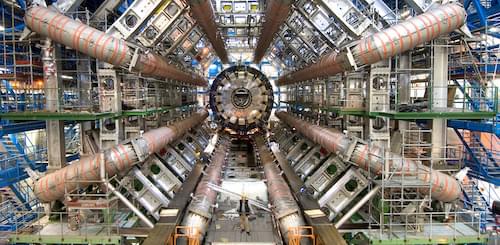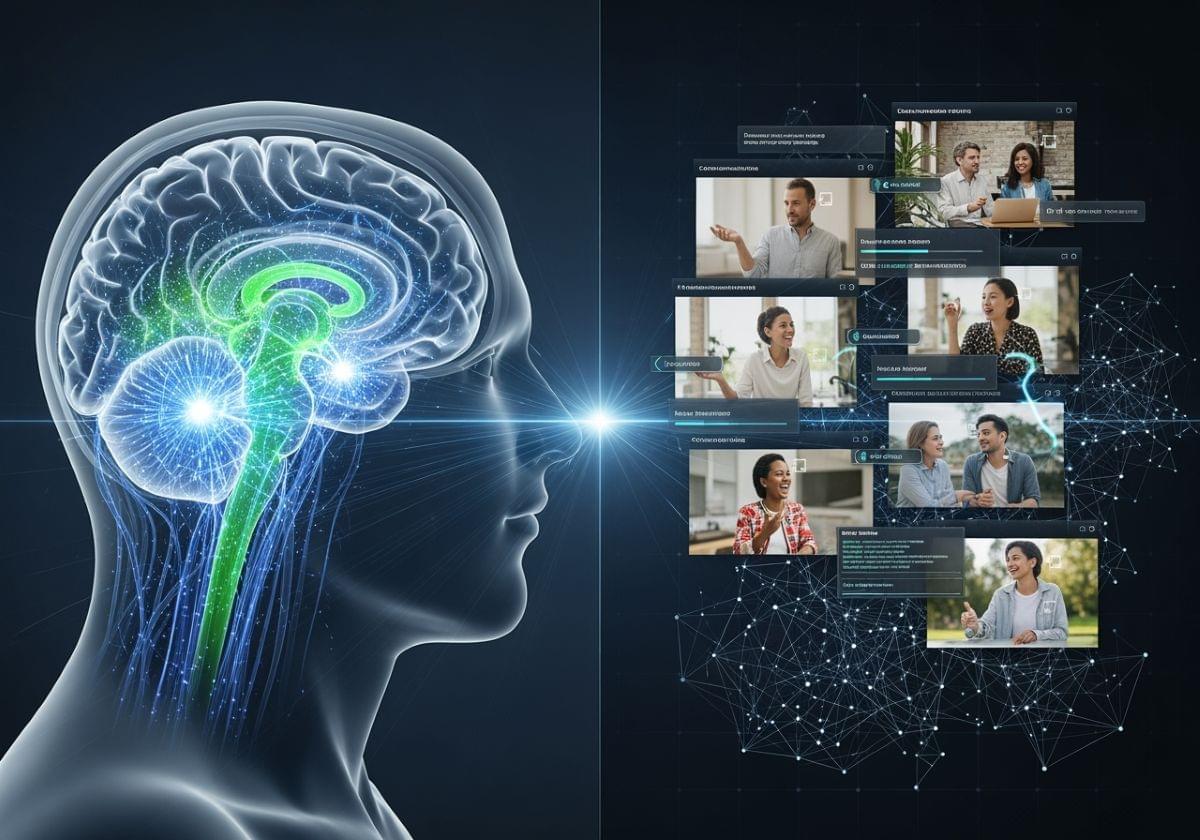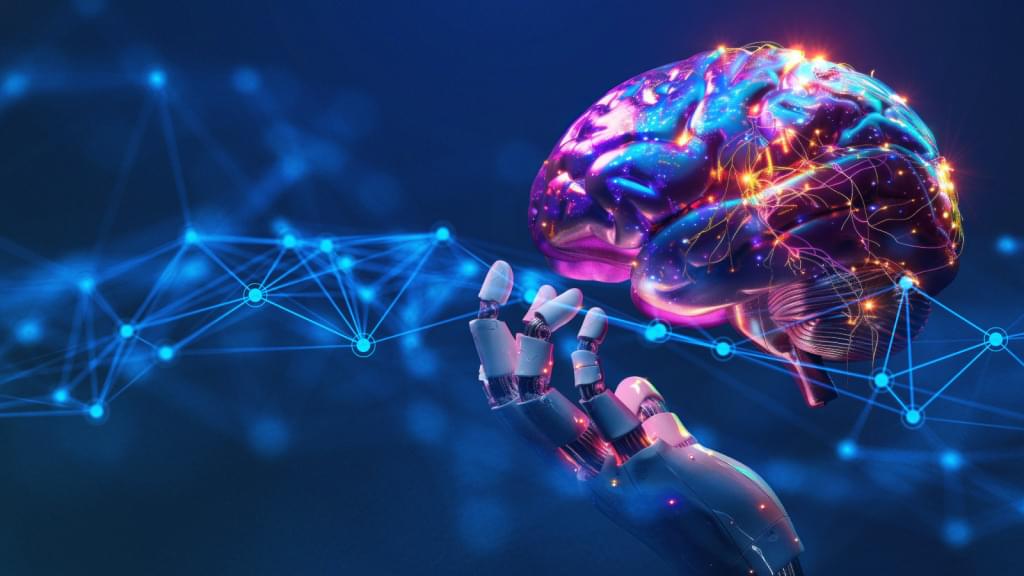NewsPicks crew flew to Canada in search of AI revolution but unexpectedly came across the true story behind the birth of AI.
Category: robotics/AI – Page 61
The AI Takeover Is Closer Than You Think
To try Brilliant for free, visit https://brilliant.org/APERTURE/ or scan the QR code onscreen. You’ll also get 20% off an annual premium subscription.
AI experts from all around the world believe that given its current rate of progress, by 2027, we may hit the most dangerous milestone in human history. The point of no return, when AI could stop being a tool and start improving itself beyond our control. A moment when humanity may never catch up.
00:00 The AI Takeover Is Closer Than You Think.
01:05 The rise of AI in text, art & video.
02:00 What is the Technological Singularity?
04:06 AI’s impact on jobs & economy.
05:31 What happens when AI surpasses human intellect.
08:36 AlphaGo vs world champion Lee Sedol.
11:10 Can we really “turn off” AI?
12:12 Narrow AI vs Artificial General Intelligence (AGI)
16:39 AGI (Artificial General Intelligence)
18:01 From AGI to Superintelligence.
20:18 Ethical concerns & defining intelligence.
22:36 Neuralink and human-AI integration.
25:54 Experts warning of 2027 AGI
Support: / apertureyt.
Shop: https://bit.ly/ApertureMerch.
Subscribe: https://bit.ly/SubscribeToAperture.
Discord: / discord.
Questions or concerns? https://underknown.com/contact/
Interested in sponsoring Aperture? [email protected].
#aperture #ai #artificialintelligence #pointofnoreturn #technology #tech #future


Probing the Higgs Mechanism with Particle Collisions and AI
A deep neural network has proven essential in confirming a key prediction of one of the standard model’s cornerstones.
The Higgs mechanism explains why the electromagnetic and weak interactions have such drastically different strengths—that is, how their symmetry became broken a picosecond after the big bang. The Higgs does not interact with photons, rendering them massless, whereas they do interact with the carriers of the weak interaction (the W+, W–, and Z bosons), giving them masses of order 100 GeV. Their nonzero masses allow them to acquire a longitudinal polarization—that is, a spin orientation perpendicular to their direction of motion. Because of special relativity, photons and other massless bosons that travel at the speed of light can’t have longitudinal polarization, but the W and Z bosons and other massive particles can. If electroweak symmetry had been broken not by the Higgs mechanism but by a different interaction, there would be no Higgs boson to find.
Analog optical computer for AI inference and combinatorial optimization
An analog optical computer that combines analog electronics, three-dimensional optics, and an iterative architecture accelerates artificial intelligence inference and combinatorial optimization in a single platform, paving a promising path for faster and sustainable computing.
The API for Meeting Recording
Recall.ai provides an API to get recordings, transcripts and metadata from video conferencing platforms like Zoom, Google Meet Microsoft Teams, and more. Get this data with our Meeting Bot API, Desktop Recording SDK, or Mobile Recording SDK.
Elon Musk on DOGE, Optimus, Starlink Smartphones, Evolving with AI, Why the West is Imploding
Questions to inspire discussion.
🧠 Q: What improvements does Tesla’s AI5 chip offer over AI4? A: AI5 provides a 40x improvement in silicon, addressing core limitations of AI4, with 8x more compute, 9x more memory, 5x more memory bandwidth, and the ability to easily handle mixed precision models.
📱 Q: How will Starlink-enabled smartphones revolutionize connectivity? A: Starlink-enabled smartphones will allow direct high bandwidth connectivity from satellites to phones, requiring hardware changes in phones and collaboration between satellite providers and handset makers.
🌐 Q: What is Elon Musk’s vision for Starlink as a global carrier? A: Musk envisions Starlink as a global carrier working worldwide, offering users a comprehensive solution for high bandwidth at home and direct to cell through one direct deal.
🚀 Q: What are the expected capabilities of SpaceX’s Starship? A: Starship is projected to demonstrate full reusability next year, carrying over 100 tons to orbit, being five times bigger than Falcon Heavy, and capable of catching both the booster and ship.
AI and Compute.
Elon Spills The Beans On Tesla AI, Optimus & Autonomy
Solving The Money Problem

